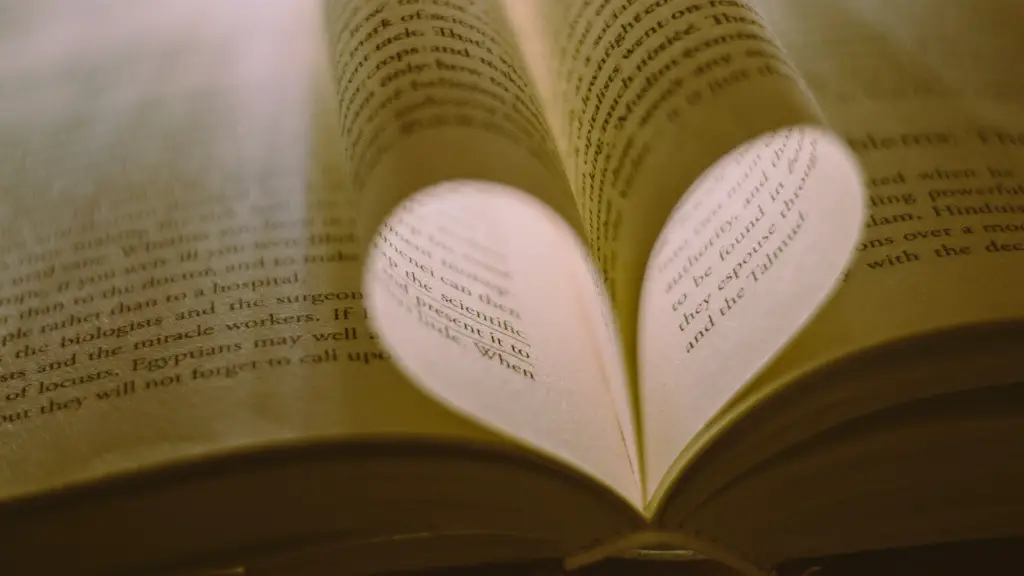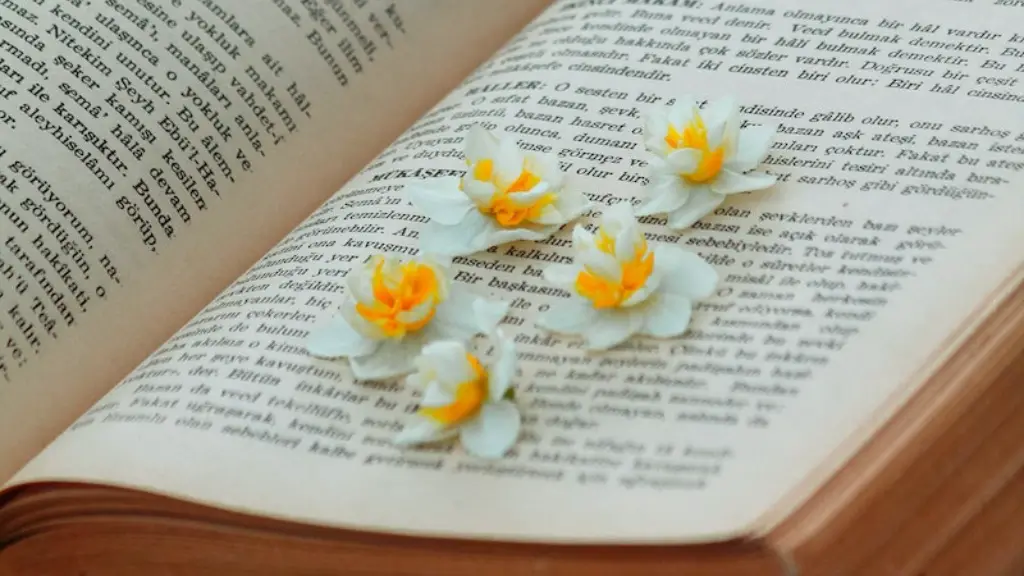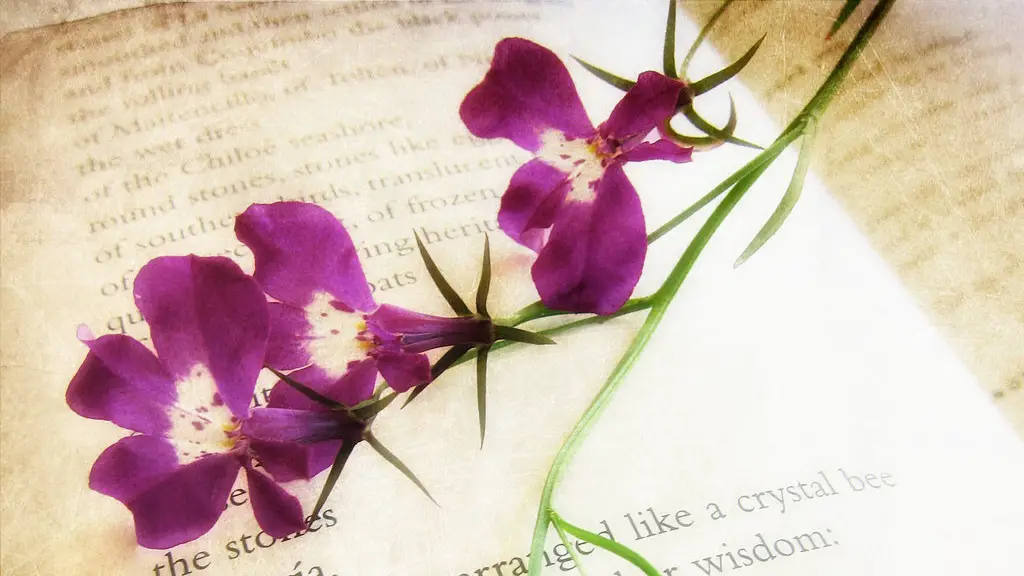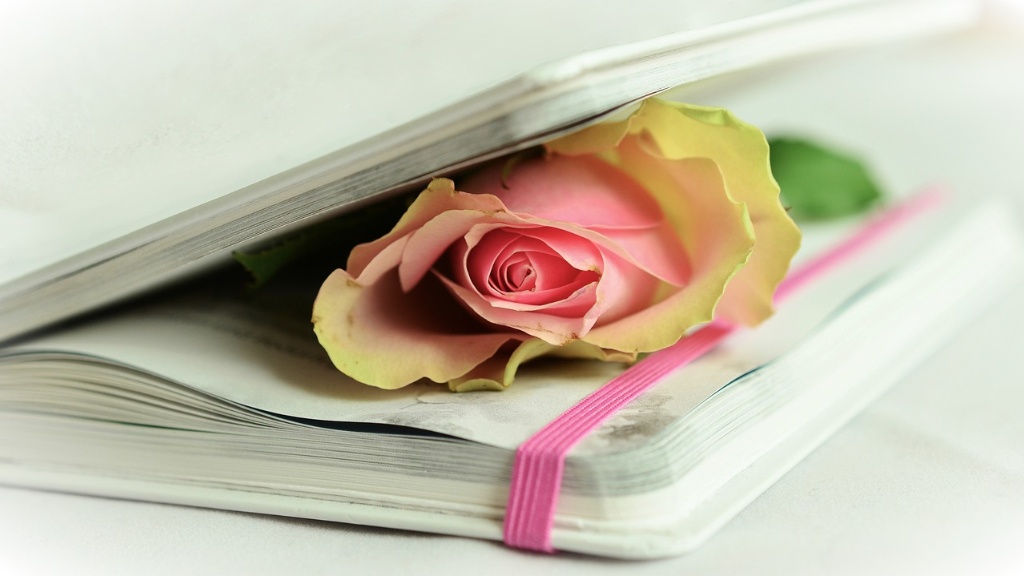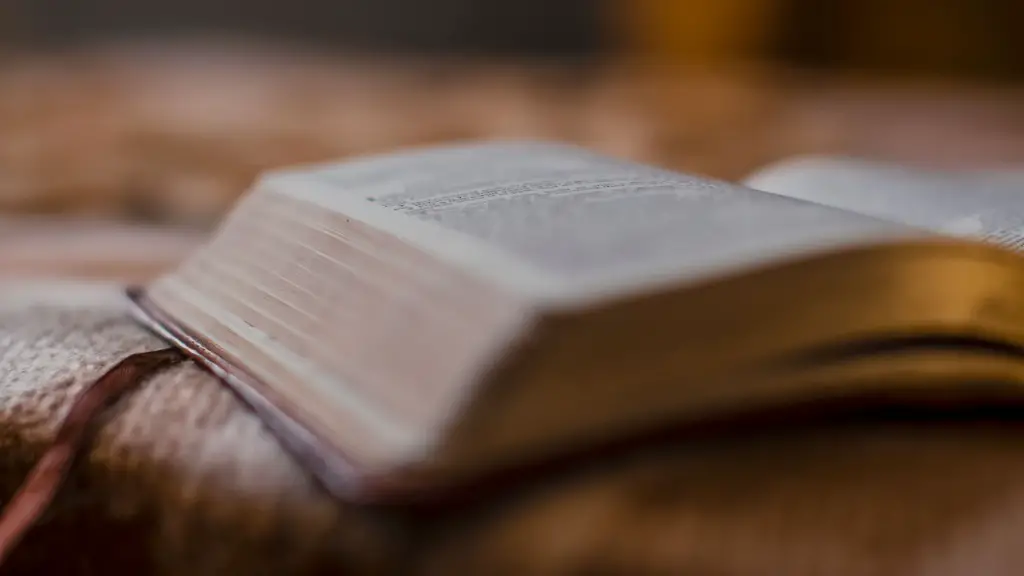William Blake was an English poet, painter, and printmaker. Largely unrecognised during his lifetime, Blake is now considered a seminal figure in the history of both the poetry and visual arts of the Romantic Age. His prophetic works, such as The Marriage of Heaven and Hell and Jerusalem, have been characterised as part of the broader cultural struggle between good and evil.
In order to write a poem like William Blake, you would need to adopt his style of writing which is known to be very lyrical and expressive. You would also need to write about topics that are similar to what Blake wrote about, such as love, nature, religion, and politics.
What is the writing style of William Blake in poetry?
William Blake’s style of writing is unique in that it combines elements of both English Romanticism and the more modern free verse style of poetry. He is well known for his use of personification and sensory language, which creates a more vivid and emotive experience for the reader.
Blake’s poetry is often seen as romantic because of the importance he attached to imagination. For Blake, imagination was not just a tool for making art, but a way of seeing the world. His poetry often features mystical and symbolic images, which can be seen as an expression of his belief that the world is a spiritual place. Blake also had strong beliefs in liberty and justice, which are often seen as romantic values. His poems often feature pastoral settings and his lyrics are often seen as beautiful and poetic.
How do I structure my poem
A poem is typically made up of smaller building blocks, such as stanzas and lines. The overall shape of a poem can be determined by the number of stanzas and the length of each stanza. The movement between lines and stanzas can also be used to create a sense of rhythm in a poem. Additionally, a poem may have a rhyme scheme that creates a musical quality.
William Blake is considered one of the greatest visionaries of the early Romantic era. In addition to writing such poems as “The Lamb” and “The Tyger,” Blake was primarily occupied as an engraver and watercolour artist. Today Blake’s poetic genius has largely outstripped his visual artistic renown.
What technique did William Blake use?
Blake’s method of relief etching, now known as ‘Illuminated Printing’, was a significant innovation in the history of printmaking. It allowed for the printing of both text and images from the same copper plate in an engraver’s copper-plate rolling press. This made it possible to produce complex illustrated books and prints, which had previously been the domain of painting and drawing. Blake’s illuminated prints are now highly prized by collectors and art historians.
A central theme in Blake’s poetry is that of guardianship. The successful guardian is the adult who listens, who is alert to the voice of innocence and responds appropriately. Blake’s sympathy for the suffering of ordinary men, women and children in the real world was profound.
What are 3 possible characteristics of poems?
Form and cadence are two important aspects of poetry. Form is the arrangement of words, lines, and verses, while cadence is the rhythmic change in the inflection of sounds from words being spoken. Both can be used to create a musical effect in poetry. Meter is another important element of poetic form, which refers to the rhythm that continuously repeats a single basic pattern.
In his poem “Night,” William Blake uses imagery, allusion, and personification to express the tone of peace. The first of these literary devices Blake uses is imagery. Blake’s use of imagery is evident in lines such as “The stars shone out, / The moon beams kissed the sea” and “The silver cat / Purred on the window sill.” The second literary device Blake employs is allusion. Blake insults in the second stanza when he writes, “And the morning breeze / Delighted the children.” The allusion is to the biblical story of Adam and Eve, in which the serpent deceived Eve into eating the forbidden fruit. The third literary device Blake uses is personification. In the third stanza, Blake personifies the night, writing, “She smiled on the brook / And whispered to the trees.” By using these three literary devices, Blake is able to express the peaceful tone of his poem.
What are the 5 characteristics of a poem
Poetry is a genre of literature that is marked by the use of figures of speech, descriptive imagery, and punctuation and formatting that are designed to create a sound and tone. The choice of meter also plays a role in the overall feel and effect of a poem.
1. First, brainstorm and free-write about potential topics for your poem. What are some things you’re passionate about, or that you find inspiring?
2. Once you’ve settled on a topic, start developing a theme. What is the overall message or feeling you want to convey with your poem?
3. To add depth and dimension to your poem, try incorporating an extended metaphor. This is where you compare one concept to another in a creative way.
4. Add in some figurative language to really make your poem pop. This could include similes, metaphors, or personification.
5. Now it’s time to start planning your poem’s structure. What kind of form will it take? How many stanzas will it have?
6. With your structure in place, it’s time to start writing your first draft. Just let the words flow and don’t worry about making it perfect just yet.
7. After you’ve written your first draft, it’s time to read, re-read, and edit. Make sure everything flows well and that your poem conveys the message or feeling you want it to.
What are the 7 steps to writing a poem?
If you want to write a poem, there are a few steps you can follow to get started. First, come up with a topic. What are you interested in writing about? Once you have a topic, start by brainstorming ideas and making notes in a journal. Next, think about what form the poem will take. Will it be a sonnet? A free verse? Once you have an idea of the form, start writing the first line. Then, develop ideas and devices throughout the poem. Use imagery, similes, and metaphors to create a vivid picture in the reader’s mind. Finally, write the closing line. This is the most important part of the poem, so make sure it is powerful and effective. Once you have the first draft of the poem, edit it multiple times to make it perfect.
Elements of poetry are those things that make up a poem and contribute to its meaning, tone, and overall effect. These elements may include, voice, diction, imagery, figures of speech, symbolism and allegory, syntax, sound, rhythm and meter, and structure. Each of these elements can play a role in making a poem effective or unsuccessful. When analyzing a poem, it is important to look at all of these elements and consider how they work together to create the poem’s overall effect.
What is Blake’s philosophy
Blake’s ethics are based on the idea that the true self is instinctual and that reason is the source of morality and religion, which serve to fragment and oppress the individual. The goal of liberation is to overcome these forces and achieve unity with others and with the world.
Blake’s Symbolism is a unique way of representing different aspects of life through different symbols. Among his symbols are children, flowers and particular seasons to symbolism innocence. Meanwhile urban and industrial landscapes and machines represent oppression and rationalism. This allows Blake to create a unique perspective that can be interpreted in many different ways.
What art style is William Blake?
Romanticism is a movement in the arts that began in the late 18th century and lasted throughout the 19th century. It was characterized by its rejection of the rationalism of the Enlightenment and instead emphasized emotion, imagination, and individualism. William Blake was a British poet and artist who was a major figure in the Romantic movement. He is best known for his paintings and poems that explore the spiritual and mystical dimensions of human experience. Blake’s art allies the crisp outlines and idealism of the neoclassical style with a personal romantic vision.
As is common in much of Blake’s poetry, “Most” is written in trochaic tetrameter. This meter gives the poem a sense of forward momentum, which is appropriate for a poem about moving forward in life despite adversity. The poem also makes use of rhyme, which contributes to its overall poetic effect.
What was William Blakes tone
The tone of a piece of writing is the overall personality that a reader gets from it. In the case of William Blake’s “London,” the tone is dark and pompous. Blake creates this tone by giving us gloomy images of agony and fear on the faces of people in the London streets.
Few colors were included in Blake’s palette according to Gilchrist. These colors were indigo, cobalt, gamboge, vermilion, frankfort black, ultramarine, and chrome. Blake used these colors freely and rarely.
Warp Up
There is no one definitive answer to this question. However, some tips on how to write a poem like William Blake may include studying and emulating his style of writing, as well as his use of symbols and imagery.
Although there is no surefire formula for writing a poem like William Blake, there are certainly some things that all would-be Blakean poets can do to emulate his style. First and foremost, Blake was a master of the poetic form, so any would-be imitator should study his techniques closely. Secondly, Blake’s poems are often very mystical and visionary, so it is important to create a similar atmosphere in one’s own work. Finally, Blake’s poems are characterized by their passion and energy; to write like Blake, one must be fearless in both style and substance. With these things in mind, any aspiring poet can learn to write like one of the greats.

